Rooftop Views and Puzzle Pieces - Revisited
This post was originally published in 2016 but the reflection is still very relevant today.
There’s something about looking out over a landscape from an elevated place and be in amazement at the sheer magnitude of structures and infrastructure, forests, or fields that lay before us.
When we are on ground level, our view is limited to what we can see; a street, some houses, power lines. However when we can see above the tree line and see out over the rooftops, we see the big picture of hundreds of rooftops, roads, a maze of power lines, and trees spreading out in every direction. This same situation plays out no matter what environment you live in; once you can rise above the tree line, your vantage point allows you to overlook large swaths of the landscape.
From my building's rooftop I can look out and see at least seven neighborhoods. Each has their own character, even from the view above. On one side of the rooftop, I see single family houses with an endless cover of foliage. On the other side I'm looking out over a large commercial area with a sea of parking and streets buzzing with cars. Another side offers a beautiful view of the Oakland skyline and lines of apartment buildings extending into the distance. Looking from each side I can't help but think about what changes could be made to make each location better; better for pedestrians, better for shoppers, better for commuters.
For when we can see different pieces of the puzzle, we realize that if one puzzle piece is altered, it affects the pieces around it. A ripple effect is started and when pieces don't fit perfectly together, we quickly discover that the puzzle we see does not look like the picture on the box that the puzzle came in.
East Liberty is experiencing an amazing renaissance with new housing, exciting new restaurants, and posh hotels. What all of this new construction and renovation of existing structures replaces is a community of residents and businesses that are being pushed out and priced out of their neighborhood. For many, their community fabric has been torn and they are forced to find housing in the surrounding neighborhoods. As one puzzle piece is altered, the surrounding puzzle pieces are being altered and suddenly the pieces may not fit. This is when policies, planning, and community dialogue become so important for cities to utilize to ensure that when puzzle pieces are altered, others can be altered too so they can continue to fit together.
Why is this important? Who wants to buy a puzzle where all of the pieces don't fit? Likewise, why would someone's first preference be to move to an area where there is chronic homelessness or severe traffic congestion or no jobs? Many communities are facing these challenges, among others, and while planning and policies cannot fix everything, they can provide a blueprint for adjusting the puzzle pieces so they can eventually fit together.
“When we can only see what’s immediately around us we tend to forget about what’s happening beyond. However, when you look at the big picture, and you have an opportunity to help other pieces of the puzzle fit together - volunteering, supporting local businesses, attending planning workshops, running for public office - I hope you do not hesitate to do so.”
- Thoughts of a planner on a rooftop
I’m re-sharing this post because the covid pandemic has forced us further from the public sphere. We are focused on what’s happening within our circles of family, friends, and immediate community which is completely understandable during this time. However, the pandemic will not last forever and we must not lose sight of the bigger picture and how we play a role in shaping our neighborhoods, towns, regions, and country. It’s not enough to keep your puzzle piece the same. What happens when all the puzzle pieces change around you and yours no longer fits? Have patience and be humble. Let’s solve this puzzle together.
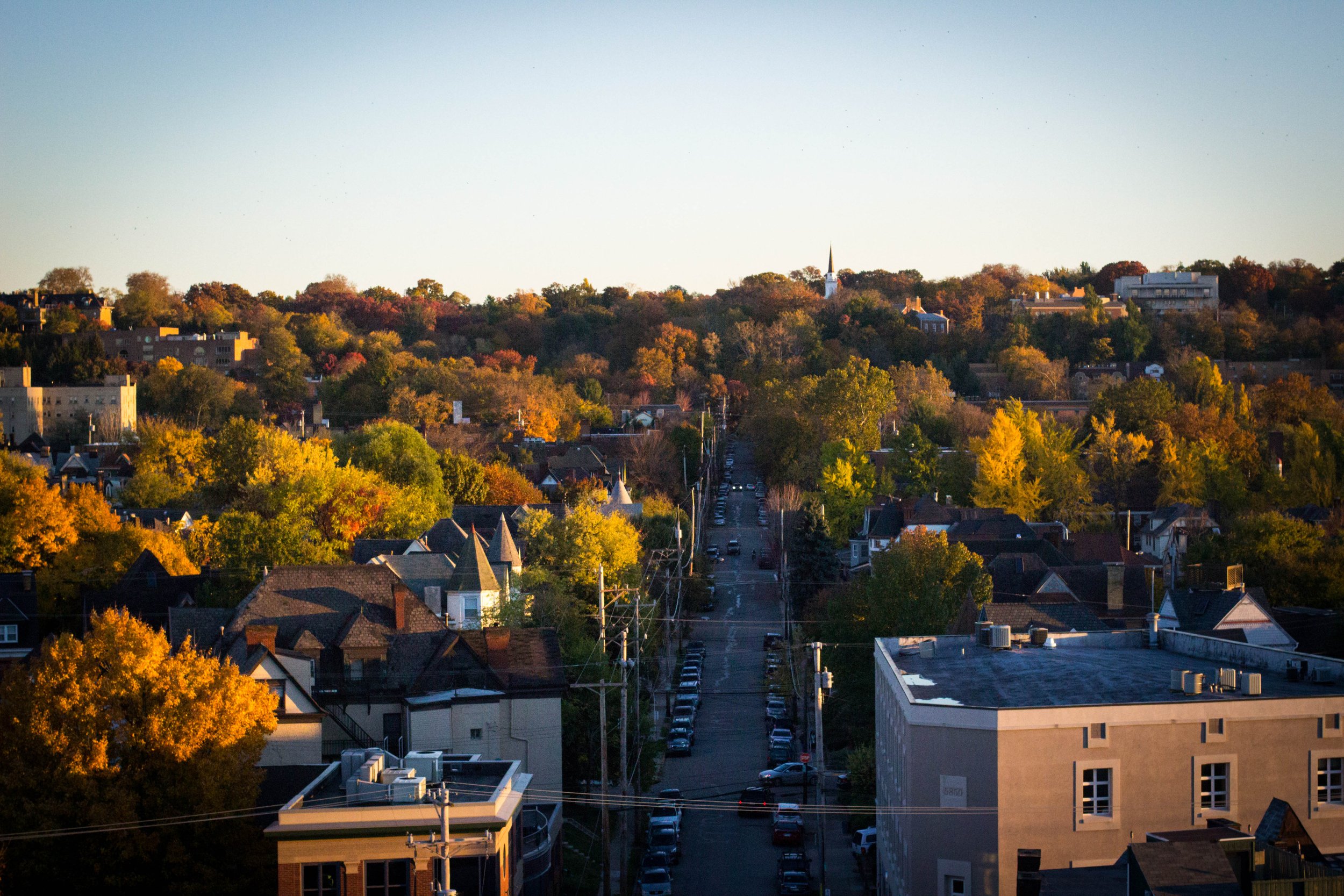
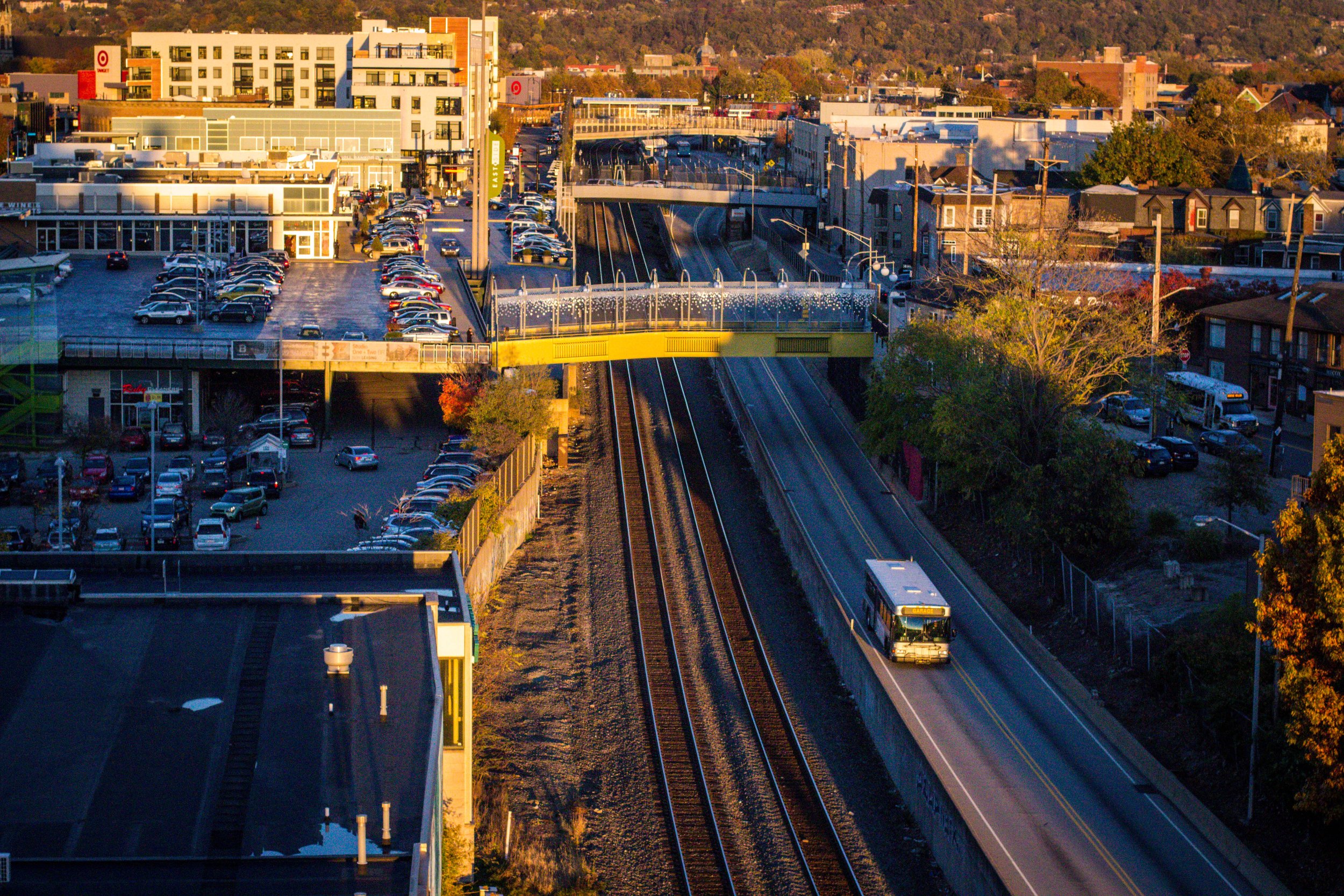
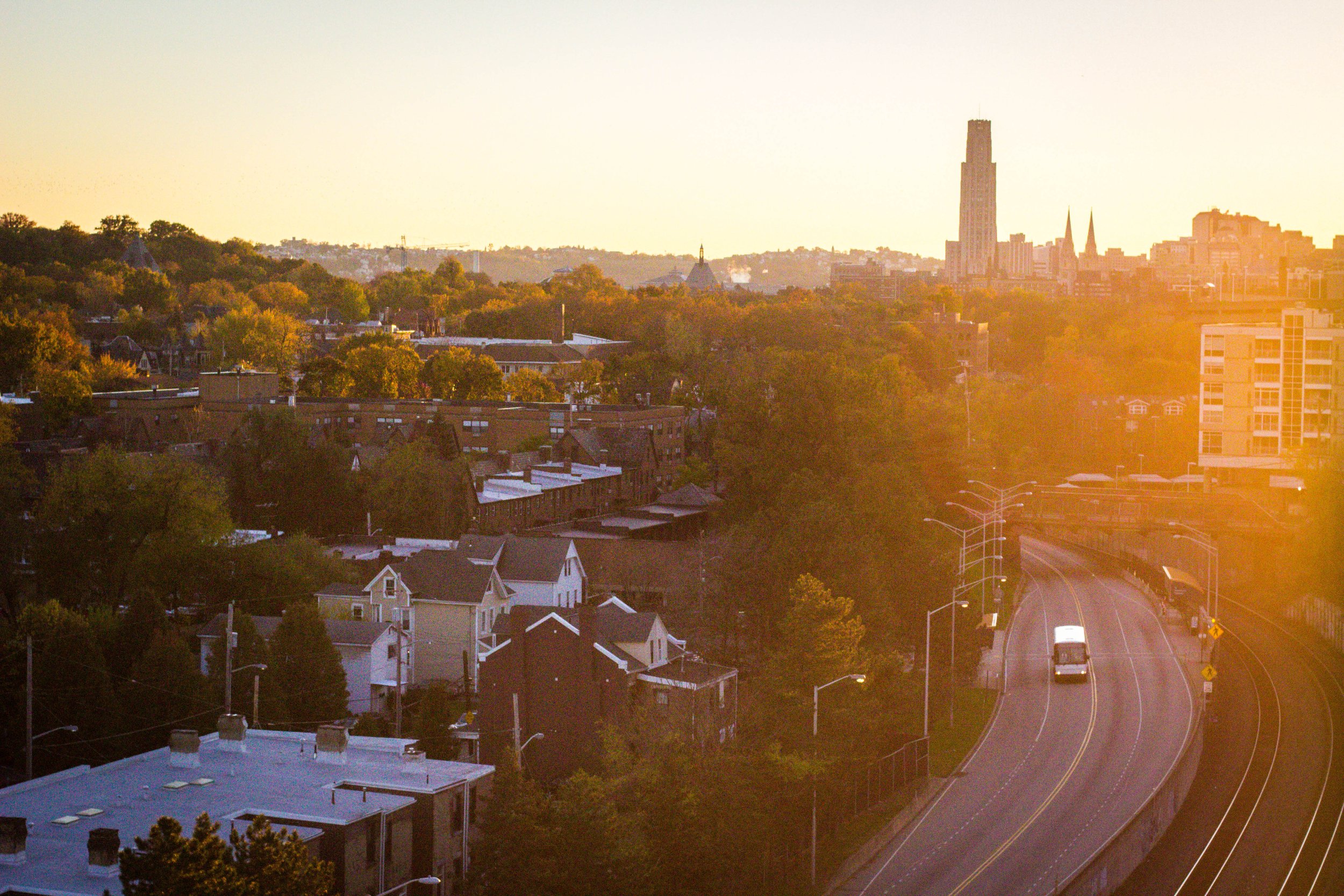

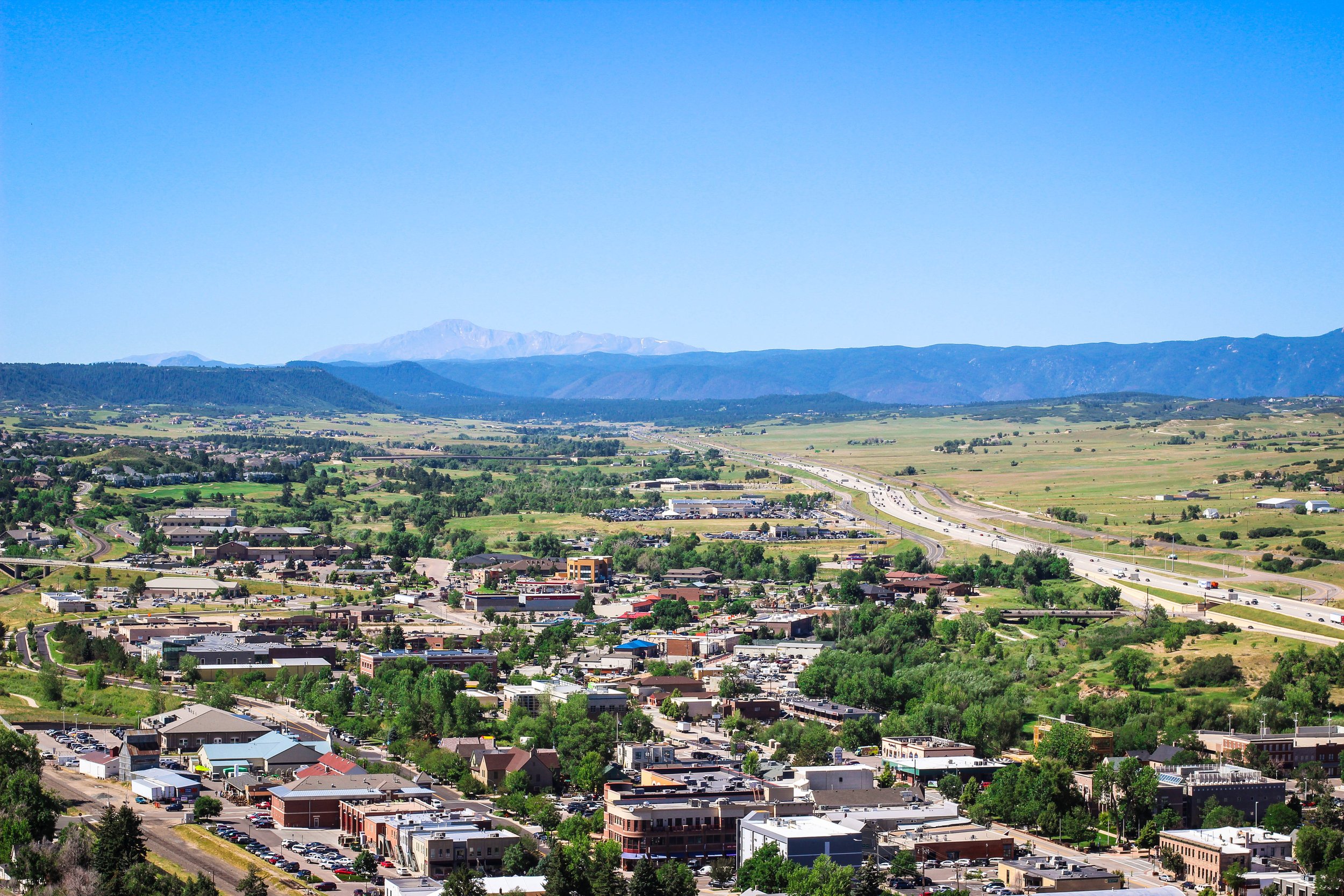
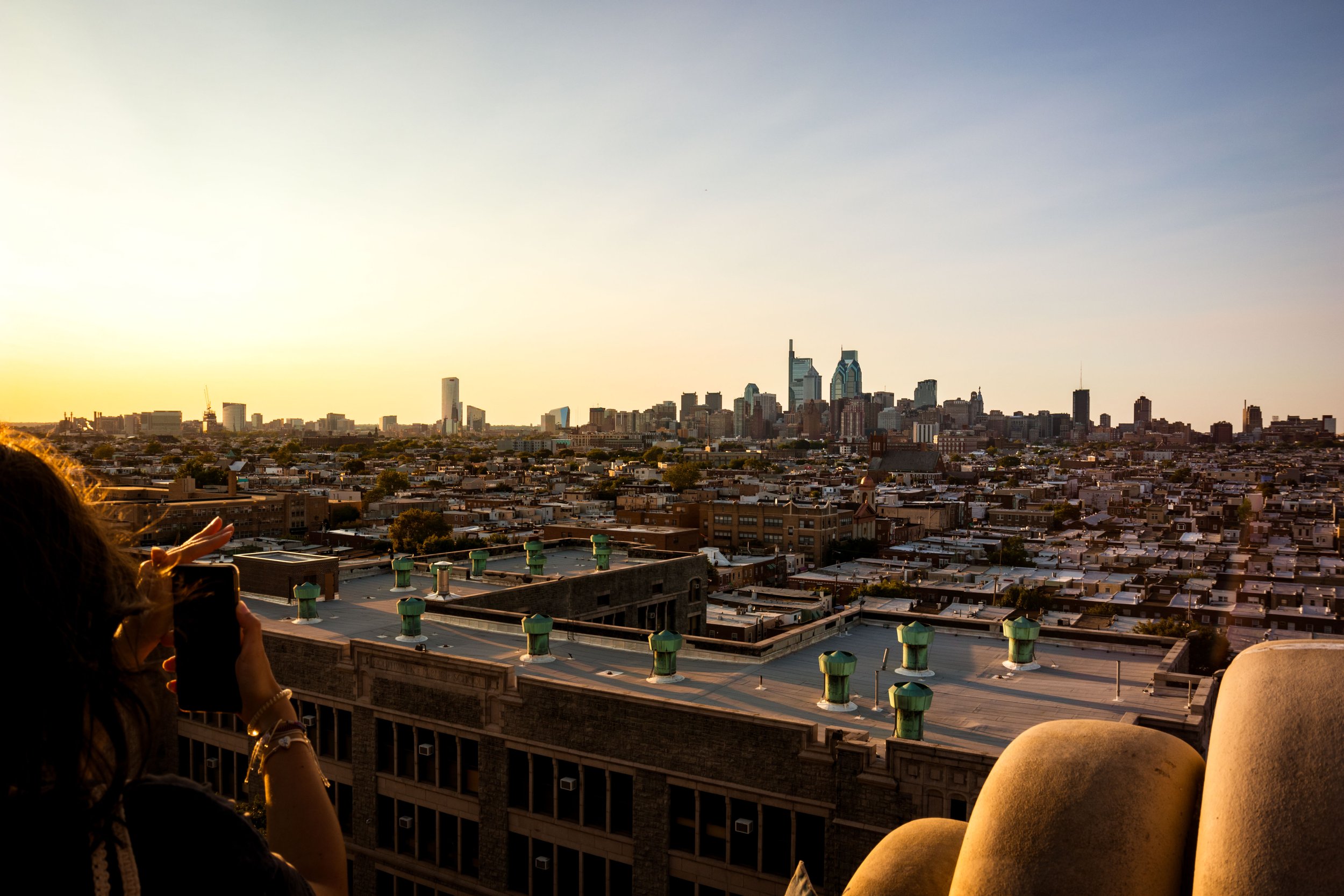
Tobin Stuff is a planner / urban designer, founder of 7521, and a 2019-20 Lipman Family Prize Fellow. He is a Korean adoptee who embraces his story to fuel his work and interests. He has years of planning experience ranging from working with empowered high school students from informal settlement communities in Nairobi, Kenya to being part of planning consultant teams working with communities across the United States, South Korea, and Japan. Tobin started 7521 to provide a visual lens on planning and design efforts in communities large and small.
